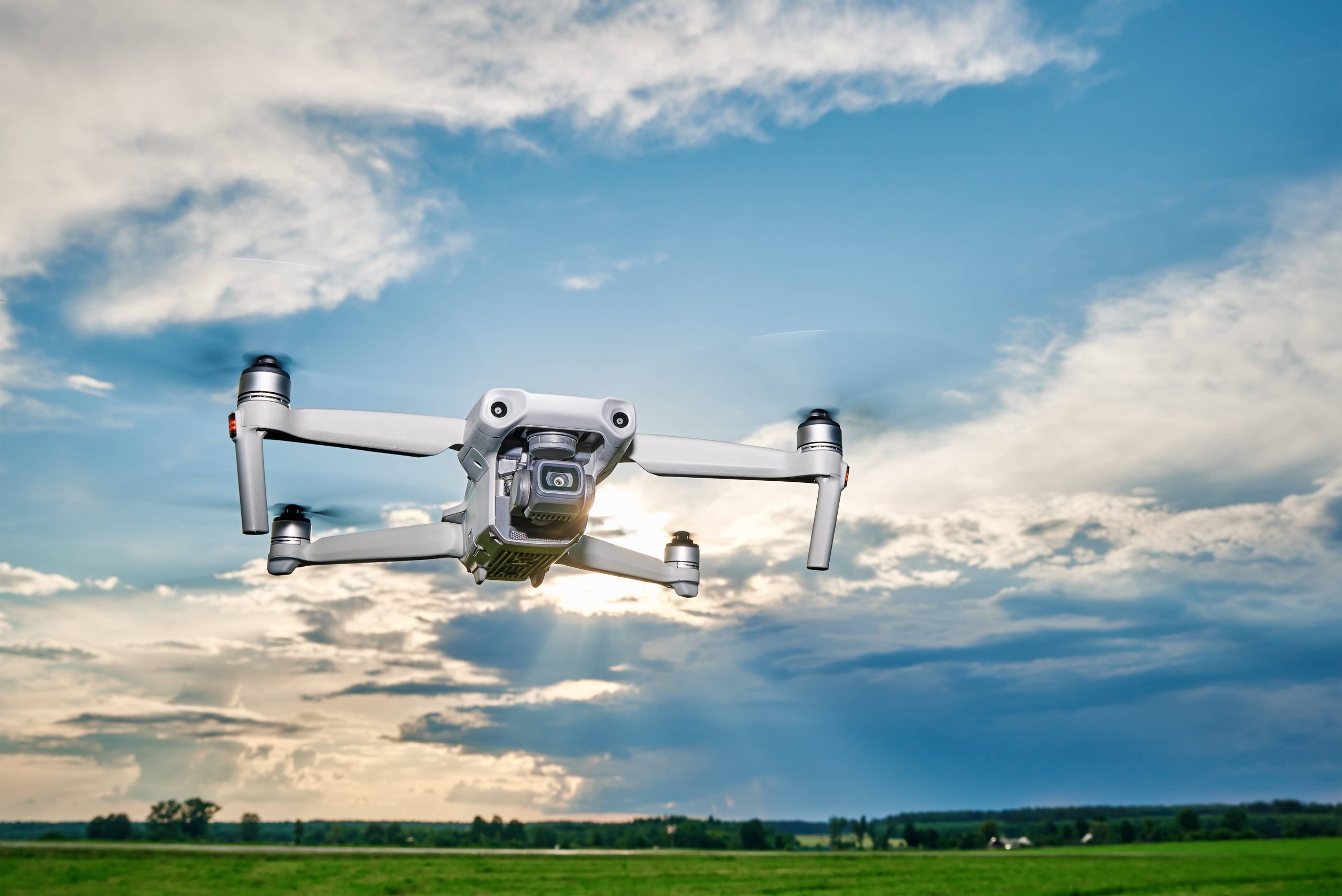
Farming is a challenging and demanding industry that requires hard work, dedication, and attention to detail. In recent years, the agricultural sector has seen an unprecedented surge in technological advancements, with drones being one of the most promising innovations. Agricultural drones, also known as unmanned aerial vehicles (UAVs), offer farmers an array of benefits that were once impossible to achieve with traditional farming methods.
From crop monitoring to precision agriculture, drones are revolutionizing the farming industry by providing farmers with a wealth of information about their crops and the environment. In this article, we’ll explore how agricultural drones can boost your farm’s productivity and help you achieve better yields, improved efficiency, and reduced costs.
Benefits of Agricultural Drones
Agricultural drones have the potential to transform the way farmers operate by providing a wide range of benefits, including:
- Improved Crop Monitoring: Agricultural drones can be equipped with high-resolution cameras and sensors that capture real-time data about your crops. This information can be used to identify potential problems early on, such as nutrient deficiencies or pest infestations, before they cause significant damage.
- Precision Agriculture: With the help of agricultural drones, farmers can apply fertilizers, pesticides, and herbicides with pinpoint accuracy. This not only saves money on costly inputs but also minimizes the risk of environmental damage.
- Time-Saving: Drones can cover large areas of land quickly and efficiently, allowing farmers to monitor their crops in a fraction of the time it would take with traditional methods.
- Increased Yield: By providing farmers with more detailed and accurate information about their crops, agricultural drones can help farmers make better decisions that lead to increased yield.
- Reduced Costs: By optimizing the use of resources, such as water and fertilizers, farmers can reduce their input costs and improve their bottom line.
How Agricultural Drones Work
Agricultural drones work by flying over your fields and capturing high-resolution images and data using onboard sensors and cameras. The data collected by the drone is then processed using advanced software that analyzes the information and provides farmers with actionable insights.
To operate an agricultural drone, farmers need to follow these steps:
- Choose the right drone: Farmers need to select a drone that is suitable for their specific needs, such as payload capacity, flight time, and camera quality.
- Plan the flight: Farmers need to plan the drone’s flight path to ensure that it covers the desired area and captures the necessary data.
- Fly the drone: Once the drone is airborne, farmers can monitor the flight and adjust the drone’s position and altitude as needed.
- Analyze the data: After the drone has completed its flight, farmers can analyze the data collected by the drone using specialized software to gain insights into their crops’ health and performance.
FAQs about Agricultural Drones
Q: Do I need a license to operate an agricultural drone?
A: Yes, in most cases, you will need a commercial drone license to operate an agricultural drone.
Q: How much does an agricultural drone cost?
A: Agricultural drones can range in price from a few hundred dollars to tens of thousands of dollars, depending on the drone’s capabilities and features.
Q: What kind of data can I collect with an agricultural drone?
A: Agricultural drones can collect a wide range of data, including high-resolution images, temperature and moisture levels, and soil and nutrient analysis.

